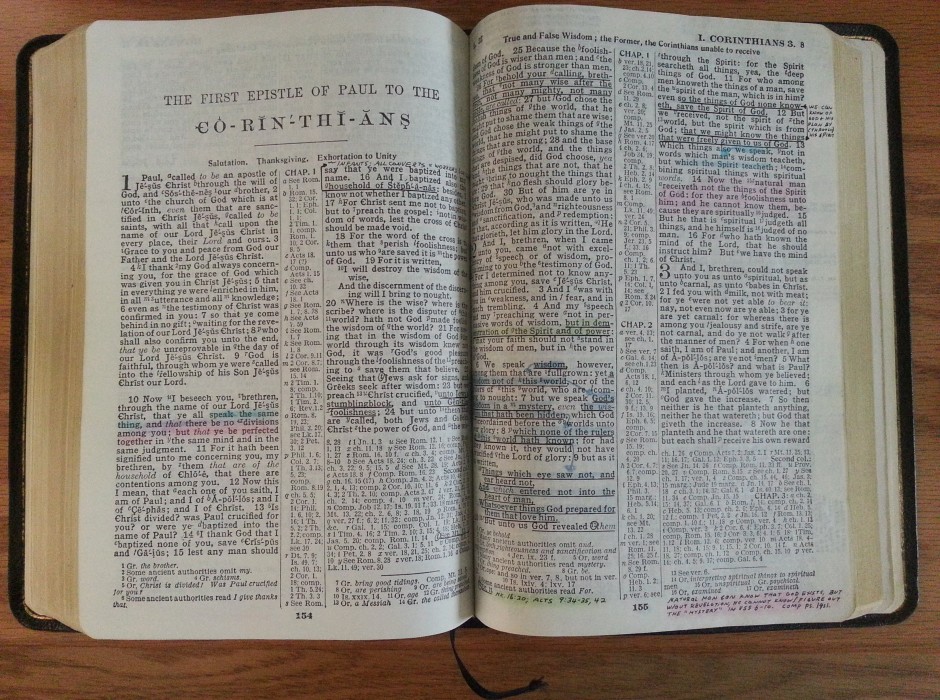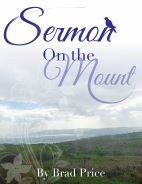A memorial is something that keeps remembrance alive, such as a monument. The rainbow is not a memorial of the flood, but a memorial of God’s promise after the flood. In the flood we see God’s power, His wrath, and His plan at work. Through the flood, God was not merely destroying; He was renovating.
Observing God’s actions following the flood, one sees God laying the foundations for the new world. One significant feature of this renewal is the first explicit covenant in Scripture. A covenant is an agreement between two parties. Some describe it as a “sealed promise,” since, in Scripture, the covenant nearly always has a sign or seal that guarantees it. A covenant can be broad or specific, conditional or unconditional.
The covenant in Genesis 8-9 is specific and unconditional, and its purpose is to affirm God’s commitment to life. Even though God gives responsibilities to humans while making this covenant, His promise in this case does not depend on human obedience. God’s actions following the flood reveal that 1) He Preserves Life (Genesis 9:1–7), and 2) He Promises Life (Genesis 9:8–17).
In Genesis 9:1–7, God seeks to preserve life by giving several commands to Noah and his sons. By keeping these commands, the family of Noah could help prevent the corruption that precipitated the flood in the first place. God commands Noah and sons to produce life, vv. 1, 7; to preside over life, vv. 2–4; and to preserve life, vv. 5-6. God does not want to see the same kind of violence that had corrupted the earth prior to the flood, thus He gives an explicit command and He reiterates the truth that man is made in God’s image.
In Genesis 9:8–17, God promises life in the “rainbow covenant.” This covenant is universal, vv. 8–11. Just as God had destroyed all but a small portion of the living, so He now promises to all living things that He will never again destroy through water. The covenant is also signed, vv. 12–13. Unlike Gideon or Hezekiah, Noah did not seek a sign. Yet, God gave it as a visible affirmation and reminder of His promise. Old Testament scholar Gerhard von Rad sees symbolism in this sign, in that “bow” is the same word that refers to both the rainbow and the battle bow. “God hung up his ‘battle bow’ to be a sign of peace.”
Finally, this covenant is sealed, vv. 14–17. God seals the promise by declaring that the sign is a perpetual reminder. There is no rainbow without the rain. Following the destruction and darkness comes a sign and seal of peace. Allen P. Ross writes, “Covenant treaties were often made after wars in order to ensure peace, a sequence that seems to be occurring here.”
Every time we see a rainbow, we’re reminded of God’s commitment to life, a commitment He invites us to share by keeping the commands given in earlier in ch. 9.
Clay Leonard

